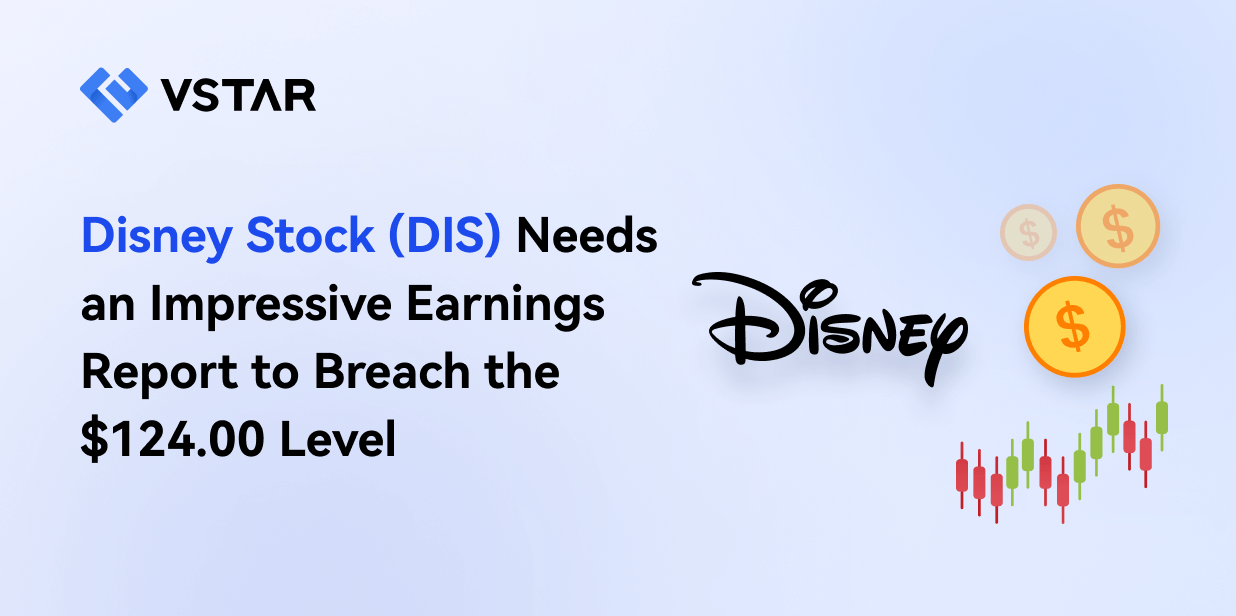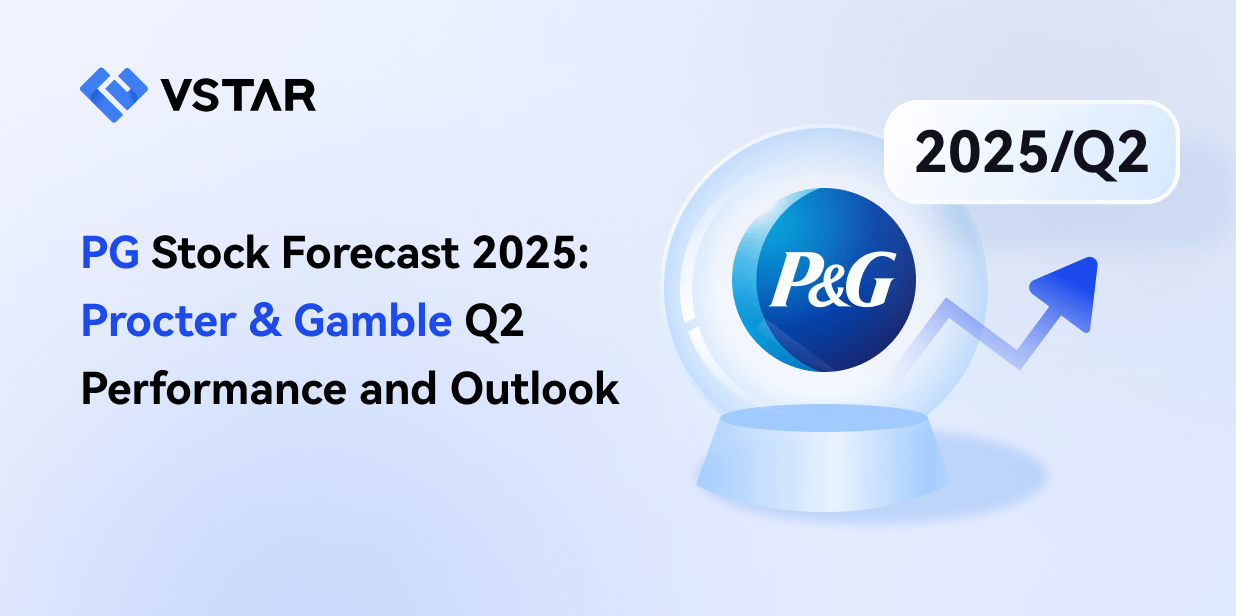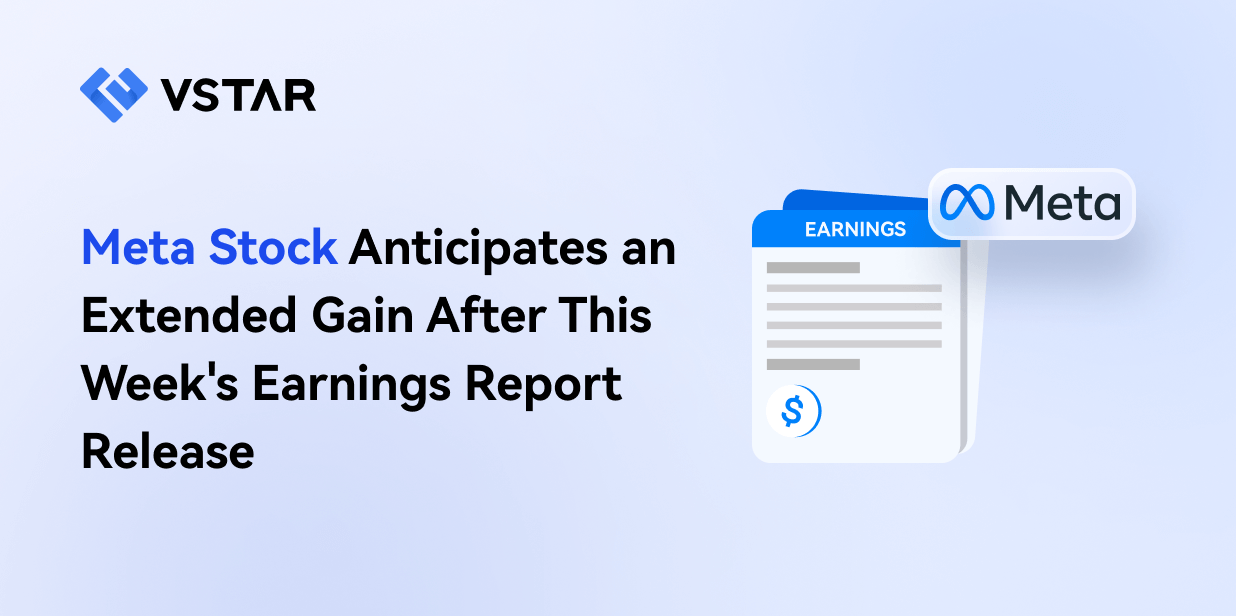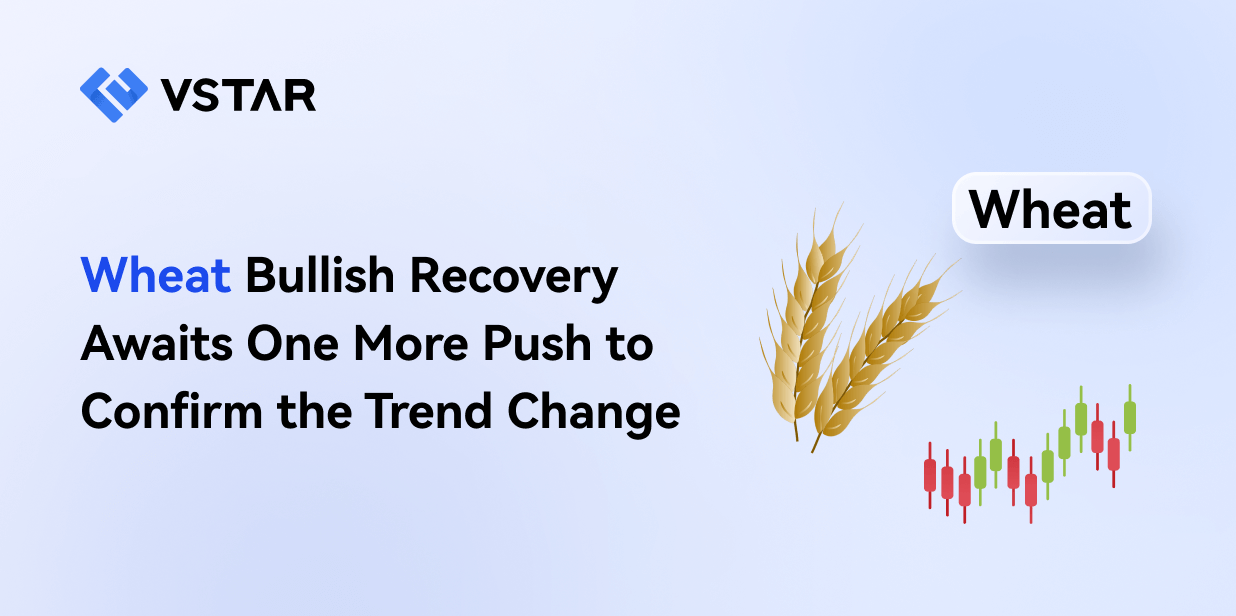Chevron (CVX) Q3 2023 Earnings Analysis
Acquisition of Hess Corporation
Chevron's strategic move to acquire Hess Corporation is a significant indicator of its intent to expand its operations and resources. This acquisition can bolster Chevron's asset base, potentially leading to rapid growth. Acquiring another energy company can provide access to new reserves, technology, and markets. This diversification may help Chevron weather fluctuations in the energy market, supporting its long-term growth.
Returning Capital to Shareholders
Chevron's consistent practice of returning over $5 billion to shareholders for the sixth consecutive quarter demonstrates its focus on rewarding investors. By doing so, Chevron maintains investor confidence and attracts more investors. This capital return reflects a strong financial position and indicates that the company is well-prepared for growth, as it can allocate resources effectively to both shareholders and business expansion.
High Return on Capital Employed (ROCE)
Chevron has reported an ROCE greater than 12% for nine consecutive quarters. ROCE measures how efficiently a company uses its capital to generate profits. A consistently high ROCE indicates that Chevron is adept at utilizing its capital resources for maximum profitability. This is a strong fundamental that supports its potential for rapid growth, as it signifies efficient operations and effective capital deployment.
Investing in New Energies
Chevron's acquisition of a majority stake in a green hydrogen production and storage hub in Utah is a forward-thinking move. It illustrates the company's focus on diversifying into cleaner and more sustainable energy sources, aligning with global trends towards renewable energy. By entering this emerging market, Chevron positions itself for future growth, as the demand for clean energy solutions continues to rise.
Climate Change Resilience
The release of Chevron's Climate Change Resilience Report indicates a proactive approach to addressing environmental concerns. This report details Chevron's efforts to reduce carbon intensity and grow new, lower carbon businesses. In a world increasingly focused on sustainability, such actions can enhance Chevron's reputation and appeal to investors interested in environmentally responsible companies. This focus on climate change resilience aligns with future growth opportunities in the evolving energy landscape.
Operational Performance
Chevron's successful completion of the planned turnaround at TCO ahead of schedule and the mechanical completion of the Future Growth Project (FGP) are operational achievements that demonstrate the company's ability to execute complex projects efficiently. Timely project execution is essential for maximizing production and generating revenue. These milestones indicate Chevron's capability to deliver on its objectives and support future growth through increased production and cash flow.
Forecasted Production Growth
While there might be a short-term production decrease in 2024 due to the Wellhead Pressure Management Project (WPMP) conversions, Chevron expects TCO production to reach greater than 1 million barrels of oil equivalent per day in 2025 when FGP fully ramps up. This projected production growth is a pivotal factor in potential future revenue and earnings. Achieving this milestone could significantly enhance Chevron's competitive position and financial performance.
Challenges and Potential Harm to Growth
Delay in Key Projects
The delay in the WPMP and FGP projects is a substantial challenge. Delays can lead to increased costs, postponed revenue generation, and reduced cash flows. Furthermore, a projected cost increase of 3% to 5% could strain the company's financial resources. Delays and cost overruns can hinder Chevron's ability to execute growth plans effectively.
Lower Expected Cash Flow
Chevron expects free cash flow from TCO in 2025 to be more than $4 billion, down around $1 billion from prior estimates. This decline in cash flow projections can limit the company's ability to reinvest in growth initiatives, pursue acquisitions, or return capital to shareholders. Reduced cash flow may slow down the pace of expansion and investments in new projects, potentially impacting future growth.
Sanctions and Political Risks
Chevron's operations in Venezuela are subject to the evolving sanctions environment and political uncertainties in the country. These factors can affect production, cash flows, and the ability to recover past dues. Sanctions can hinder Chevron's operations in Venezuela, impacting its revenue streams and creating additional risks for the company's growth outlook.
Impact of Currency and Commodity Price Fluctuations
Chevron's earnings and cash flows are influenced by foreign currency benefits and changes in commodity prices, such as the impact of timing effects. Currency and commodity price fluctuations can create uncertainties in financial performance. A volatile currency exchange rate or commodity price could affect profitability and potentially slow the pace of growth.
In conclusion, Chevron's potential for rapid growth is supported by various positive fundamentals, such as strategic acquisitions, capital return to shareholders, high ROCE, investments in cleaner energy sources, climate change resilience, strong operational performance, and projected production growth. However, challenges, including project delays, lower cash flow expectations, sanctions, political risks, and the impact of currency and commodity fluctuations, present potential impediments to growth.
Chevron Stock Technical Take
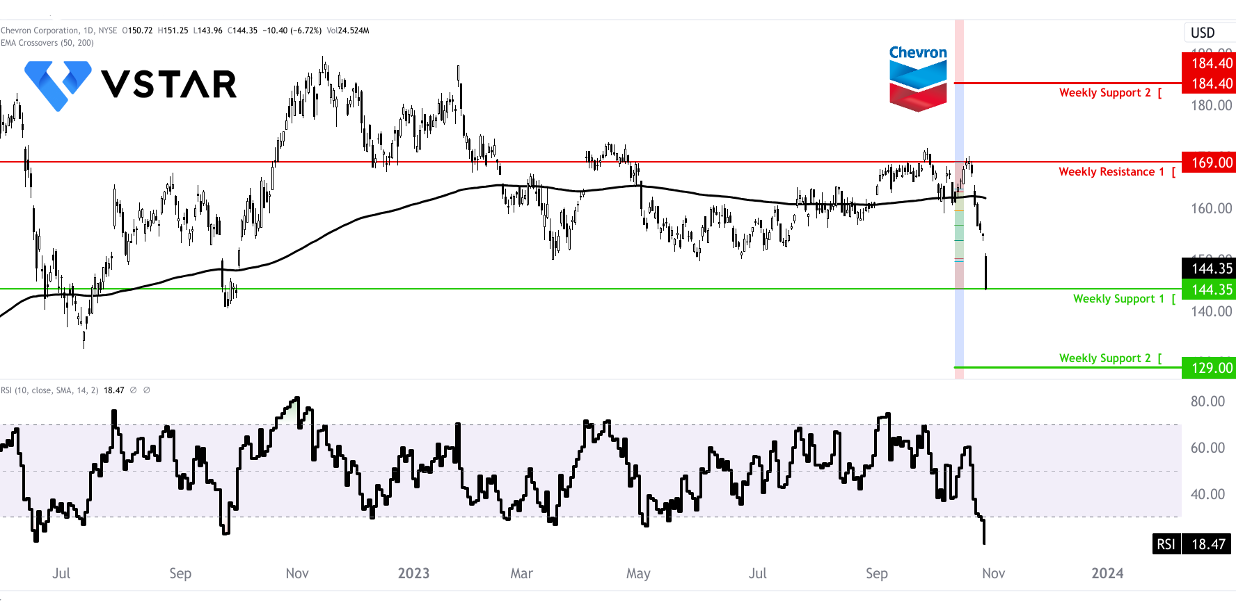
Source:tradingview.com

